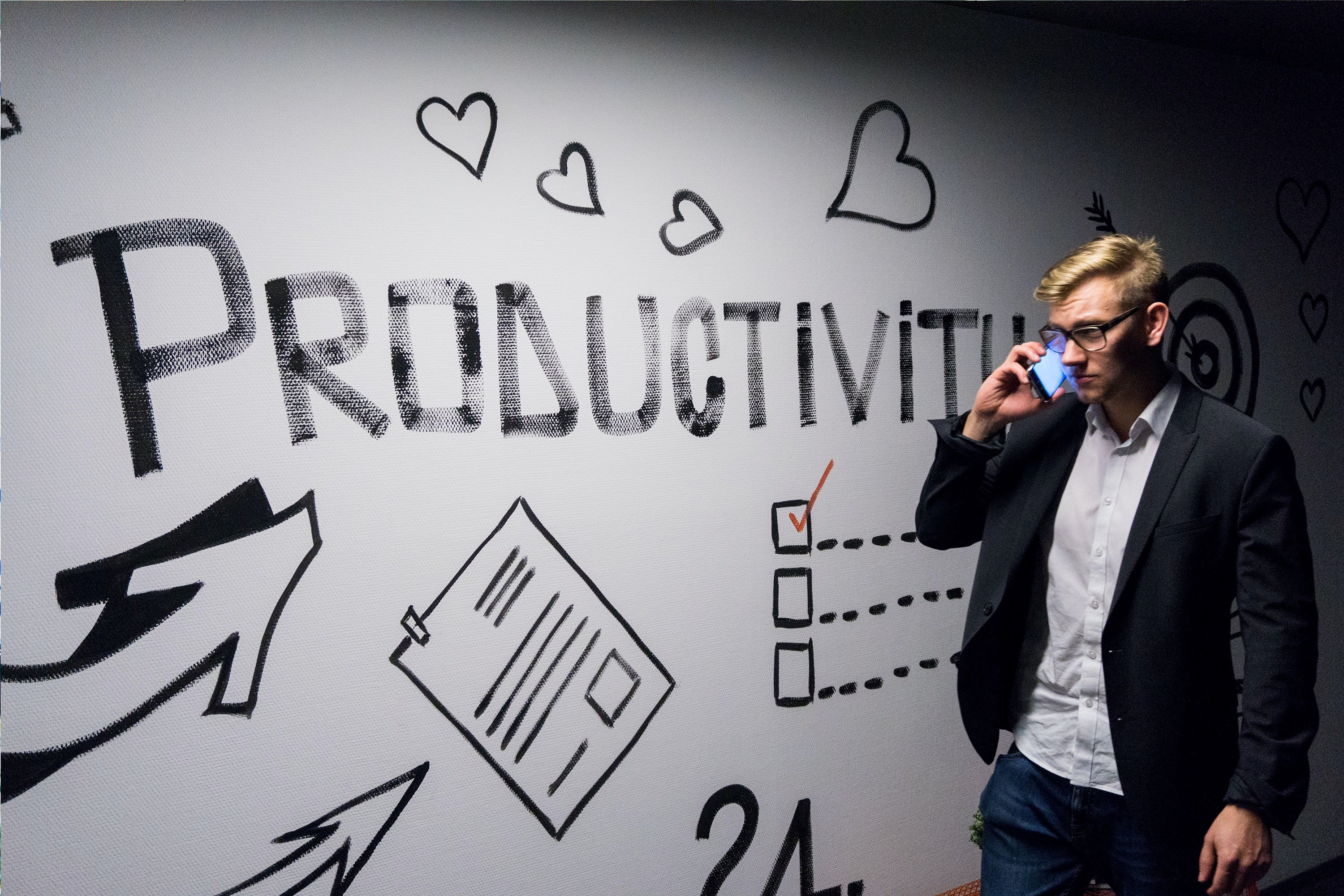Escape Velocity!

In physics, escape velocity or escape speed is the minimum speed needed for a free, non-propelled object to escape from the gravitational influence of a primary body, thus reaching an infinite distance from it. (Wikipedia)
The Dawn of a New Mindset
More than 4.4 million workers quit their jobs voluntarily in September, the Labor Department said Friday. That was up from 4.3 million in August and was the most in the two decades the government has been keeping track. (The New York Times)
A May survey of 1,000 U.S. adults showed that 39% would consider quitting if their employers weren't flexible about remote work. The generational difference is clear: Among Millennials and Gen-Z, that figure was 49%, according to the poll by Morning Consult on behalf of Bloomberg News. (Bloomberg News)
Web 3.0 will bring us a fairer internet by enabling the individual to be a sovereign. True sovereignty implies owning and being able to control who profits from one's time and information. Web 3.0's decentralized blockchain protocol will enable individuals to connect to an internet where they can own and be properly compensated for their time and data, eclipsing an exploitative and unjust web, where giant, centralized repositories are the only ones that own and profit from it. (Forbes)
The Future is Escaping from the Containers of the Past
The office and the nature of today's firms are probably containers of the past as power moves to talent, the cloud and to the edge.
Mark Zuckerberg is aware that the Facebook of today is a container of the past as he seeks his own escape velocity into the metaverse.
Media companies and content owners are working to re-invent themselves, not just because the content is now free from the physical distribution medium of compact disc, physical book or newspaper and increasingly television networks, but the real challenge is now dawning on everybody… what happens if talent owns the rights and is increasingly empowered to be their own media companies?
From Taylor Swift re-recording her catalog as Taylor's Versions to authors using Substack and self-publishing, TikTok stars doing deals with Netflix without the need for CAA and artists using Non-Fungible Tokens to monetize their craft, the great escape of talent has just only begun.
The Waves of Change Enabling the Great Escape
Three key shifts occurring over the past two years will drive the biggest revolution in power dynamics between individuals and the companies.
1. COVID-19. COVID accelerated the move to cloud-distributed work and a new mindset about life and career balance that cannot be wished away.
The companies demanding people return to the cages of the office will find empty zoos. (Almost all the very important benefits of human interaction from training to collaboration to brainstorming can be done at events, educational institutions, restaurants and bars.)
The issue is no longer the relevancy of huge offices but a far more seminal question, which is how a firm should be organized and designed in a world where technology is enabling a reduction in external friction in connecting, combining, delivering and servicing products and services.
There are many reasons for firms to exist, including making long-term investments, building supply chains, ensuring the promise of a brand and much more. But few of these require people to cluster in offices for more than short bursts of time.
2. A Shift in Talent/Capital Dynamics. The term that is being used here is talent rather than labor. While there has been a shift in power to labor versus capital in many markets post COVID-19, it is still on balance much more tilted to capital. This is not true when it comes to knowledge workers and many white-collar workers who either through experience and/or education have built expertise, craft, intellectual capital, reputation and methods.
Everywhere they understand that they are in short supply at the very same time that distributed work is no longer limiting the need for expertise to their local market but can be monetized across the globe!
The current constraint is less of demand and mindset; rather, it is the lack of portable healthcare. Many entrepreneurs and financial technology companies will soon find ways to address this issue if governments do not.
3. Web 3.0. Imagine a world where one could code as easily as connecting Legos. A world which was open and one which was decentralized where every one of us owned our own data and gave people a look like through a window when we wanted to and under financial considerations that were mutually beneficial? This web of composability, openness and decentralization is upon us and enabling everything from crypto currencies to non-fungible tokens and much more. An underlying outcome of the new protocols is increased power to the individual.
Smart Companies are Preparing for a New Atmosphere
All over the world smart firms and leaders are preparing for the new world now versus dithering and delaying. They have either benefited or been hurt by their experience of being early or late to Web 1.0 and Web 2.0. They realize that this wave of change is going to happen faster and with greater force than what came before and so they are asking and working to answer these three big questions:
- Business Model Fit. As the first three decades of the internet took away certain scale benefits in some industries (scale of manufacturing, scale of spending, scale of resources) while enabling other scale (scale of data, scale of networks, scale of ideas) and removed the benefits of time, distance and information arbitrage, leading firms are seeking to understand the implications of the decline of the scale of centralized control and the rise of the scale of individual talent among other shifts on their business models.
- Organizational Design. In a world of unbundled work, distributed talent, unprecedented edge computing power and new trust and identity currencies, how must they shape shift their firm, their partners and other parts of the eco-system to ensure they can make the most of the new opportunities on the horizon?
- Talent Investment. The firms with the access to the best talent in ways that allow them variable access to brain power and skills combined with superb reputations, ecosystems and plug-and-play interfaces with other firms are likely to be the ones that thrive. The top companies are working to find ways to enable cultures and processes that allow talent expanded freedoms to practice their skills, to fit the companies into the stories of the talent lives versus fit the talent into the stories of the companies' lives and to keep growing skills, assets and reputation. Companies will work for talent; talent will not work for companies.
Smart Talent is Seizing Control of Their Future
Talent recognizes that the future of work will be one where everyone is increasingly a gig worker like those who work in entertainment (movies, theatre, music) or consulting (move from project to project and/or from city to city based on the need for their expertise) as companies seek to manage their variable costs.
A gig mindset does not preclude long-term careers at firms. In fact, smart firms, by enabling career shapeshifting, flexible hours and investment in training, are likely to extend the tenure of their best talent.
Smart talent will invest in four core behaviors to ensure they can rocket into the future:
- Continuous learning. The half-life of much expertise is shorter and shorter, and talent will insist on access and invest in their own training and skill upgrading.
- Building stellar reputations for competency, trust and collaboration. In a plug-and-play world those who are skilled, trusted and known to collaborate will thrive. The future will treat empty branding, the self-obsessive and the friction-filled drama kings and queens as viruses and route around them.
- Generosity and investment in their networks. Individuals will scale across companies, industries and the world not by themselves but through the power of Web 3.0 networks, alliances of talent and reputation. To feed oneself one will need to fit the network. Trust to be trusted. Give to get. Help to get help.
- Balance, unite and integrate left brain and right brain skills. The future requires an understanding of the concepts of science, math and technology. It does not require one to be good at mathematics or know how to code but there is an underlying truth, fabric and design to the future, and we must all understand the concepts. Everyone can and must understand these key elements if they are to thrive. If one must align with the force, one must understand the force. But that alone will not be enough. Top talent will also hone their creativity and their abilities to empathize and to be vulnerable. The best talent will integrate math and magic, plumbing and poetry and spreadsheet with story.
The future begins every day. We are all on a rocket ship to a new world.
Prepare for escape velocity from the containers and mindsets of the past.
Click the social buttons to share this story with colleagues and friends.
The opinions expressed here are the author's views and do not necessarily represent the views of MediaVillage.com/MyersBizNet.


